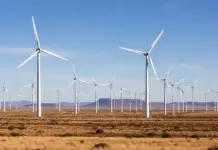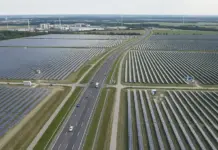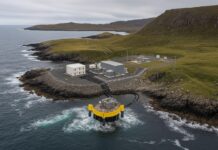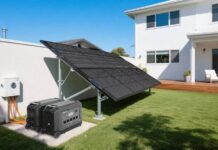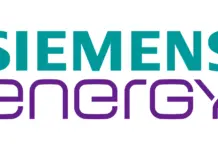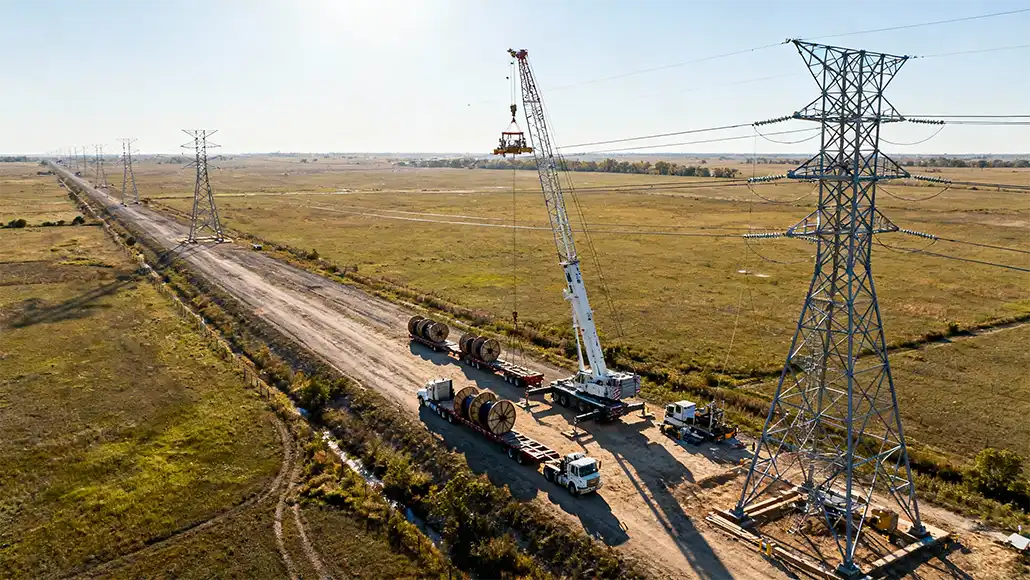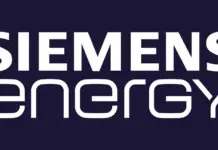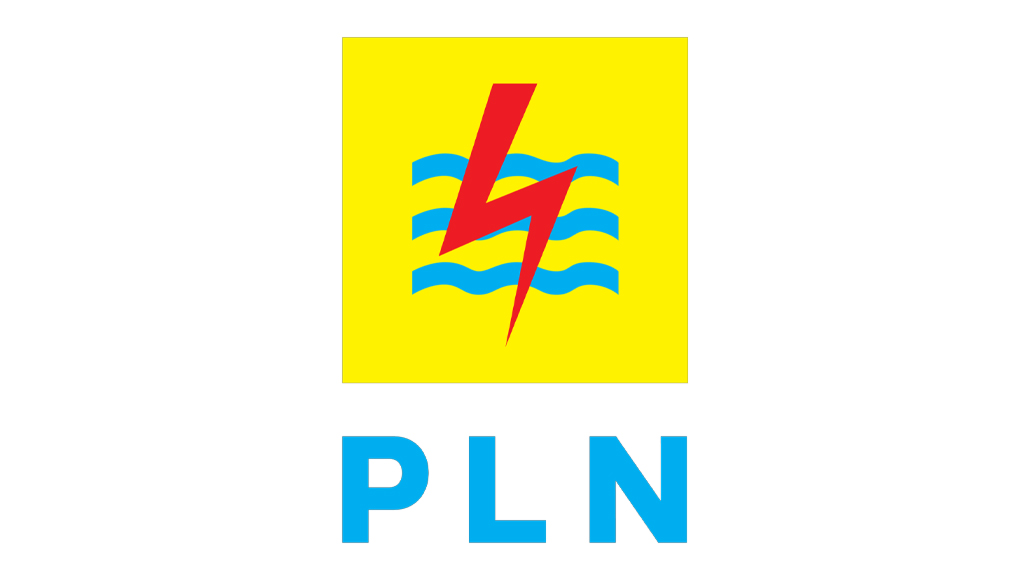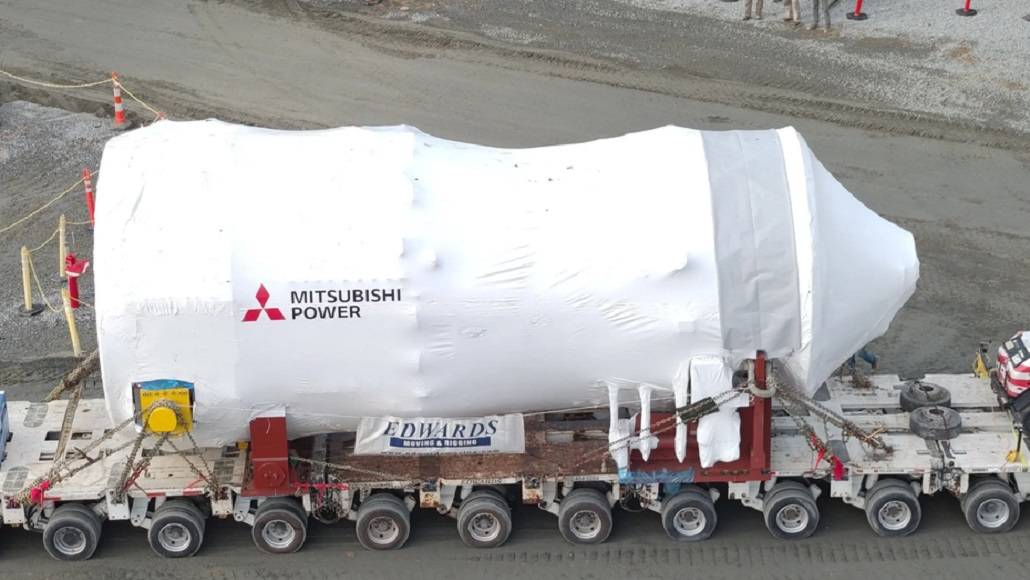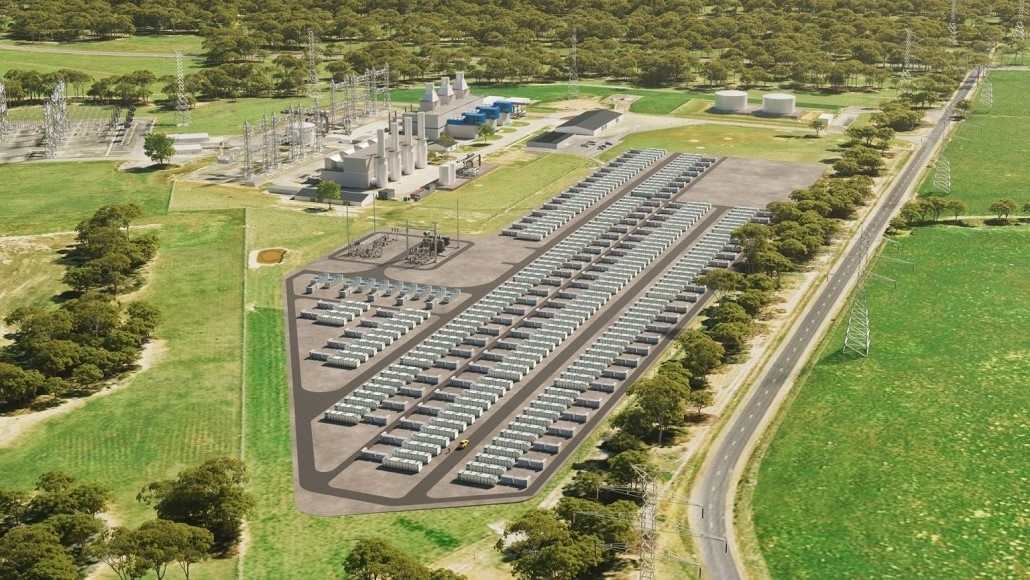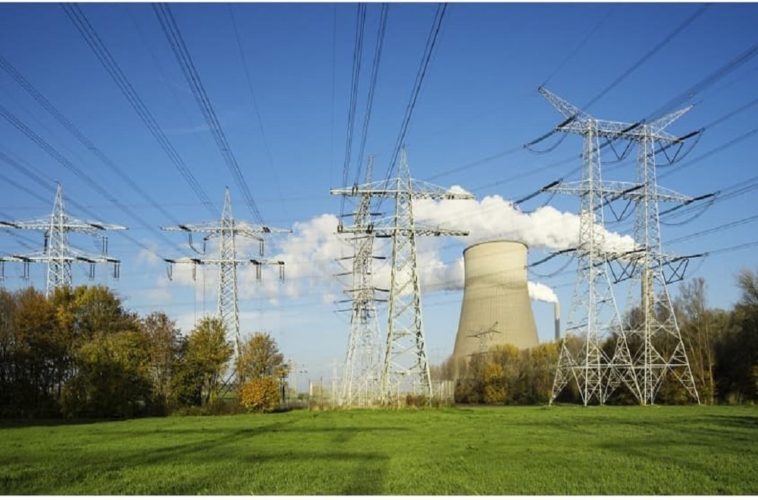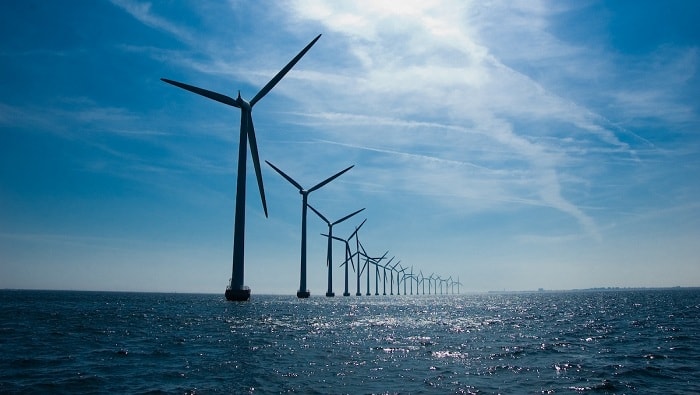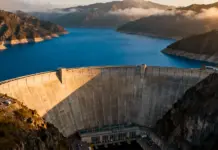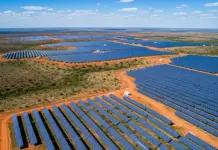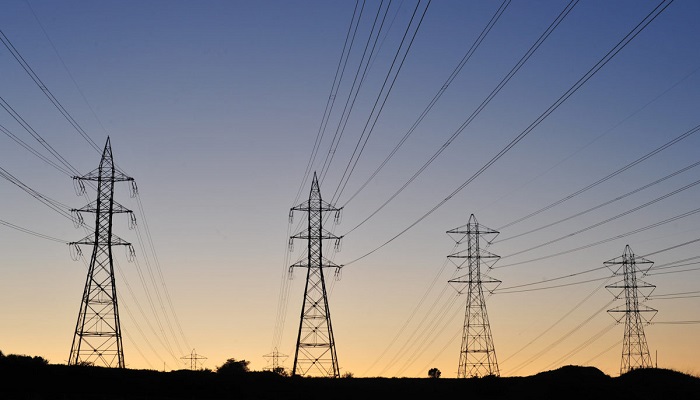Decreasing CO2 emissions in the coming decades in order to combat climate change is going to be a massive challenge that goes on to involve contentious policies and a complex mix of technologies. But numerous studies have highlighted a few key steps: Electrify as much as possible. Supply that power with solar, wind, as well as other renewables. And also, greatly expand the capacity of the grid as well as transmission systems so as to carry that electricity from far-flung areas to where it is actually required. Unfortunately, the last step goes on to present an issue: new transmission lines happen to be very expensive, time-consuming to build, and always face strong local opposition. Still, across many countries, grid limitations happen to be the biggest barriers when it comes to ever-expanding renewable energy.
This is the reason why there is indeed a growing interest when it comes to the so-called grid-enhancing technologies- GETs, a term that was first coined almost 4 years ago by the Federal Energy Regulatory Commission- FERC staffers. GETs go on to make it possible to jam further power through the existing electricity circuits. In principle, these technologies go on to mean that the aging grids of today really do not have to impede the progressive path to net zero, at least in the near as well as medium term.
The present grid is growingly suffering due to congestion, thereby costing a billion dollars in extra electricity and regularly wasting wind or solar power because of the bottlenecks. Still, almost paradoxically, the transmission systems of today go on to have a significant untapped potential. They happen to be typically woefully underutilized, according to Smart Wires’ director of business development, Ted Bloch-Rubin.
Furthermore, that potential can as well get unlocked because of relatively inexpensive technologies. For instance, advanced power flow control technology can very well reroute electricity in milliseconds so as to bypass congested circuits, while the dynamic line rating- DLR devices monitor transmission lines to figure out when such lines can go on to handle more current than they are normally rated to carry. The Vice President of a DLR company based in Oslo, Norway, Robert Mork, remarked that these technologies can go on to massively lessen what one needs to build and that one can actually get more out of what one has.
It is well to be noted that evaluations of pilot studies in the US (1–3) as well as some commercial-scale operations in Europe and the UK go on to show that these technologies can go on to boost the capacity of existing transmission networks from a few percent when it comes to a single power line to more than 100 percent for intricate grids with many possible routes for power. That translates to almost billions of dollars when it comes to savings by way of lessening both congestion costs as well as the infrastructure costs which are required to build new transmission lines. And as their commercial use has indeed been indeed quite negligible so far in the US, says electricity manager in the Washington, DC, office of the Boulder, CO-based Rocky Mountain Institute- RMI, Katie Siegner, GETs have gone on to become hot topics at industry as well as regulator meetings, in Congress, and also in the press. It looks like last year has been a watershed year in terms of recognition of grid-enhancing technologies, she adds.
Industry that’s stagnant
The recognition has been years in the making, and this adoption of GETs still goes on to face major barriers. The major problem is that the utility industry within the US has had very small incentive to innovate. In a highly regulated business model that’s standard, regulators go on to specify a guaranteed rate of return when it comes to big capital projects like power plants or transmission lines. If a utility goes on to spend $1 billion when it comes to new transmission lines, for example, it is typically allowed to charge for that $1 billion plus around 10% to make a decent $100 million profit.
However, the utilities go on to get little or even no monetary return by way of adopting relatively inexpensive approaches, like energy efficiency measures, or GETs, that cost a few hundred thousand dollars to tens of millions, or by funding research & development. Neither can they share any savings with customers. In addition, while electricity demand is most likely to increase in the years to come across the US, it has barely grown ever since 2008, rising less than 1/4 of a percent every year, says smart-grid expert at the University of Texas at Austin, Joshua Rhodes, thereby further dampening any innovative spirit. It is hard to invest in an industry that has been stagnant at best, adds Rhodes.
Savings that are sizeable
Consider optimizing the topology. Working at Boston University with investment from the US Department of Energy as well as the Commonwealth of Massachusetts, Pablo Ruiz, the electrical engineer, and colleagues went on to come up with a software system that enacts traffic navigation apps like Waze for the grid, thereby evaluating the flows of traffic across each section of the grid and at the same time suggesting configurations that are better so as to reroute flow around the bottlenecks. Ruiz remarks that it was clear that industry was not developing such technologies, so the support from federal as well as state governments was indeed visionary and crucial.
On a complex grid with many transmission wires, substations, along with other elements, the number of possible configurations can surge into the trillions, as the lines can be open or closed or substations can be reconfigured. The software that Ruiz’s team spun out into NewGrid in Massachusetts does not take into account all possibilities. However, working with grid operators in both the US as well as the UK, it has been able to raise the capacity by 10 to 20%, and at times as much as 50%, by way of using data like the local electricity prices that, by the way, vary depending on congestion so as to suggest different configurations. All that is enough to save hundreds of millions of dollars when it comes to congestion costs, which typically take place when grid operators have to close cheap electricity generation upstream of congestion, such as distant wind farms, and also fire up more costly power plants closer to the demand. This elevates the electricity costs for customers.
Yet another GET, advanced power flow control, got developed at Georgia Tech, which was led by Deepakraj Divan, who happens to be the Director of the university’s Center for Distributed Energy, along with Department of Energy funding; the technology later spun out into a company called Smart Wires. Just as topology optimization, advanced power flow control can go on to reroute power on the grid so as to increase capacity; however, it makes use of hardware instead of software. Devices created by Smart Wires happen to be strategically placed on the grid. In case a specific line gets overloaded, devices add the voltage to the line in order to raise its impedance, which thereby goes on to direct more power to flow on an alternative line. In the UK, where regulators enable the utilities to make profits from raising the capacity if they are able to do so cheaply enough, the technology has helped in the addition of 1.5 gigawatts of wind power from Scotland into the existing networks that go on to deliver electricity to the London area, says Bloch-Rubin. He added that those $30 million projects went on to save consumers £400 million in just a year.
Notably, the third GET also makes use of the hardware but happens to be having a different purpose, enabling more of the current to flow in an existing line. Transmission wires happen to get rated to carry a specific amount of current, named a line rating. That is important, since too much current can go on to heat up the lines past their limit, thereby leading to sagging and other problems. Traditionally, that rating happens to be static, and it does not change with conditions. Of course, frigid temperatures or even a stern breeze can go on to cool down the line, elevating its capacity. Due to this, devices that sit on the line in order to measure temperature as well as the slope of the line, or that assess sagging with devices remotely near a line that use LIDAR- Light Detection and Ranging or other approaches so as to spot the position of the line, can go on to help the operators funnel more power by way of a line when conditions happen to be good. This so-called DLR approach is specifically well suited to transmission lines that carry wind power, says Mork from Heimdall Power. Stronger wind not only amps up the power generation from wind turbines but also cools the lines, so one can get more capacity in case one needs it.
Although favorable regulatory models have gone on to enable GETs to spread across Europe and Australia, these three technologies saw a tougher road in the US. The recent developments nevertheless suggest that GETs will play a significant part in a more capable grid.
In 2017, for instance, Rob Gramlich, who happens to be an industry veteran having experience at utilities, FERC, as well as trade groups, took the cause at his consulting firm named Grid Strategies. Gramlich went on to start with a DLR company client. He soon found that companies that happen to be developing advanced power flow control as well as topology optimization software also faced a similar problem: utilities could not profit from the technologies. So Gramlich went ahead and set up a new industry group with member companies putting through all three technologies, dubbed the WATT Coalition. (4)
Apparently, the new group quickly got the ear of then-FERC Chairman Kevin McIntyre, and thereby FERC began to create ideas so as to promote the technologies. Throughout the process, FERC staffers looked to avoid writing out the full names of the technologies in their documents. So, they went ahead and came up with a brand-new name—grid-enhancing technologies, or GETs, which was first publicly aired in a request for comments after a technical workshop in November 2019.
Big GET
Since then, Gramlich as well as WATT Coalition members have gone on to sponsor studies and sessions within the industry meetings on GETs, worked the halls of Congress, and also pleaded their case with federal as well as state regulators, utilities, and regional transmission operators. The growth, apparently, has been relatively slow and painstaking.
However, the effort is indeed bearing fruit. The Solving the Climate Crisis report coming from the House Select Committee on the Climate Crisis, which was issued in June 2020 (5), pushed advanced transmission technologies as a major solution. In October last year, the US Department of Energy went on to grant $61 million of its $3.5 billion Grid Resilience and Innovation Partnerships- GRIP Program (6) for a couple of projects in Texas as well as the Northeast, so as to install Smart Wires’ advanced power flow control devices, which happen to be massively significant stamps of approval, says Bloch-Rubin.
The state regulators, meanwhile, happen to be coming on board. Meeting the future endeavors for the transmission system is indeed going to be a tough sell, and if one doesn’t squeeze every drop out of the existing system, said the chair of the Michigan Public Service Commission, Dan Scripps, at a July 2023 meeting of the Joint Federal-State Task Force on Electric Transmission (7). He added that GETs can help them do that in order to maximize the value coming from the infrastructure one has today, and while momentum when it comes to the development of a shared savings incentive at FERC has slowed due to the recent turnover of commissioners, FERC did want the transmission operators to consider advanced technologies when it came to new interconnections in its Order 2023, issued in July 2023 (8), which was a massive step forward, says Siegner from RMI.
It is worth noting that the utility industry, too, is all set to enter a new era as one wakes up from the demand growth slumber, says Rhodes. All this indeed demand figures to surge with the elevated usage of electric cars, heat pumps as well as many other electricity-powered devices. All this adds up to bright prospects in the case of GETs. The technology is indeed being proven effective, and hence, awareness and adoption happen to be the big challenges in the years to come.
References
1. T. B. Tsuchida, L. Bai, J. M. Grove, “Building a better grid: How grid-enhancing technologies complement transmission buildouts”(Tech. Rep., The Brattle Group, 2023).
Go to reference – https://www.pnas.org/doi/10.1073/pnas.2322803121#body-ref-r1
Google Scholar – https://scholar.google.com/scholar_lookup?title=Building+a+better+grid%3A+How+grid-enhancing+technologies+complement+transmission+buildouts%E2%80%9D&author=T.+B.+Tsuchida&author=L.+Bai&author=J.+M.+Grove&publication_year=2023
2. S. Gonzalez, J. P. Gentle, M. J. Culler, “Transmission optimization with grid enhancing technologies fact sheet” (Tech. Rep., Idaho National Laboratory, 2023). https://inldigitallibrary.inl.gov/sites/sti/sti/Sort_63179.pdf.
Google Scholar – https://scholar.google.com/scholar_lookup?title=Transmission+optimization+with+grid+enhancing+technologies+fact+sheet&author=S.+Gonzalez&author=J.+P.+Gentle&author=M.+J.+Culler&publication_year=2023
Google Scholar – https://scholar.google.com/scholar_lookup?title=Transmission+optimization+with+grid+enhancing+technologies+fact+sheet&author=S.+Gonzalez&author=J.+P.+Gentle&author=M.+J.+Culler&publication_year=2023
3. S. Slaria, M. Robertson, K. Palmer, “Expanding the possibilities: When and where can grid-enhancing technologies, distributed energy resources, and microgrids support the grid of the future?” (Tech. Rep., Resources for the Future, 2023). https://www.rff.org/publications/reports/expanding-the-possibilities-when-and-where-can-grid-enhancing-technologies-distributed-energy-resources-and-microgrids-support-the-grid-of-the-future/.
Go to reference – https://www.pnas.org/doi/10.1073/pnas.2322803121#body-ref-r3
Google Scholar – https://scholar.google.com/scholar_lookup?title=Expanding+the+possibilities%3A+When+and+where+can+grid-enhancing+technologies%2C+distributed+energy+resources%2C+and+microgrids+support+the+grid+of+the+future%3F&author=S.+Slaria&author=M.+Robertson&author=K.+Palmer&publication_year=2023
4. WATT Coalition, “New coalition launched to get more out of grid using advanced technologies” (Tech. Rep., WATT Coalition, 2017).
Go to reference – https://www.pnas.org/doi/10.1073/pnas.2322803121#body-ref-r4
Google Scholar – https://scholar.google.com/scholar_lookup?title=New+coalition+launched+to+get+more+out+of+grid+using+advanced+technologies&publication_year=2017
5. House Select Committee on the Climate Crisis, “Solving the climate crisis” (Tech. Rep., House Select Committee on the Climate Crisis, 2020). https://cdrlaw.org/wp-content/uploads/2020/09/Climate-Crisis-Action-Plan.pdf.
Go to reference – https://www.pnas.org/doi/10.1073/pnas.2322803121#body-ref-r5
Google Scholar – https://scholar.google.com/scholar_lookup?title=House+Select+Committee+on+the+Climate+Crisis&publication_year=2020
6. US Department of Energy, Biden-Harris Administration announces $3.5 billion for largest ever investment in America’s electric grid, deploying more clean energy, lowering costs, and creating union jobs. Energy.gov (2023). https://www.energy.gov/articles/biden-harris-administration-announces-35-billion-largest-ever-investment-americas-electric. Accessed 6 November 2023.
Go to reference – https://www.pnas.org/doi/10.1073/pnas.2322803121#body-ref-r6
Google Scholar – https://scholar.google.com/scholar_lookup?title=Biden-Harris+Administration+announces+%243.5+billion+for+largest+ever+investment+in+America%E2%80%99s+electric+grid%2C+deploying+more+clean+energy%2C+lowering+costs%2C+and+creating+union+jobs.&publication_year=2023
7. K. Onaran et al., Letter to FERC (2023). https://www.nasuca.org/wp-content/uploads/2023/09/September-2023-Letter-to-FERC-on-Grid-Enhancing-Technologies.pdf. Accessed 1 November 2023.
Go to reference – https://www.pnas.org/doi/10.1073/pnas.2322803121#body-ref-r7
Google Scholar – https://scholar.google.com/scholar?q=K.+Onaran+et+al.%2C+Letter+to+FERC+%282023%29.+https%3A%2F%2Fwww.nasuca.org%2Fwp-content%2Fuploads%2F2023%2F09%2FSeptember-2023-Letter-to-FERC-on-Grid-Enhancing-Technologies.pdf.+Accessed+1+November+2023.
8. US Federal Energy Regulatory Commission, “Improvements to generator interconnection procedures and agreements” (US Federal Energy Regulatory Commission Docket No. RM22-14-000; Order No. 2023, 2023). https://www.ferc.gov/media/e-1-order-2023-rm22-14-000. Accessed 2 November 2023.
Go to reference – https://www.pnas.org/doi/10.1073/pnas.2322803121#body-ref-r8
Google Scholar – https://scholar.google.com/scholar?q=US+Federal+Energy+Regulatory+Commission%2C+%E2%80%9CImprovements+to+generator+interconnection+procedures+and+agreements%E2%80%9D+%28US+Federal+Energy+Regulatory+Commission+Docket+No.+RM22-14-000%3B+Order+No.+2023%2C+2023%29.+https%3A%2F%2Fwww.ferc.gov%2Fmedia%2Fe-1-order-2023-rm22-14-000.+Accessed+2+November+2023.


